War or not war - you always have to eat. Therefore, we look into the kitchen and pantry of the occupying lady of the house. We check what the kitchen on the U-boat looked like and how the Sherman crew reheated their dinner. We have 10 shocking and surprising facts about food during World War II for you. You can't miss it!
As always, all TOP10 items are based on the articles we publish. This time - devoted to the culinary experiences of the participants of World War II.
It's good to know that…
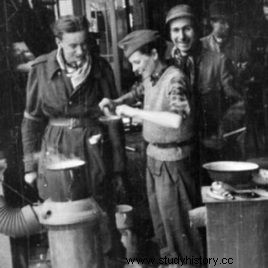 | 10 | The forgotten heroines of August 1944 were the cooks. Even in the heaviest heat of the fighting during the Warsaw Uprising, there were eateries for soldiers, and the women leading them, despite the dense shelling, continued in their positions. You had to feed the boys. (read more about this) |
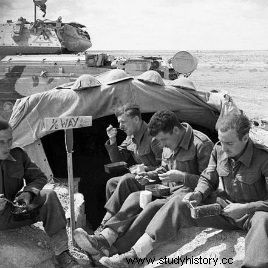 | 9 | Sherman's crew were able to warm up their lunch during the march. During the fighting in the desert, soldiers placed food cans next to the exhaust pipe of their tank. It even happened that the crew raised a hen inside their sherman to have fresh eggs. (read more about this) |
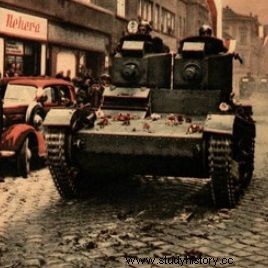 | 8 | It was possible to prepare in advance for the September campaign and the war. A lot of people did just that. Regardless of government propaganda, these people started hoarding necessities, non-perishable food, money, etc. They were laughed at as defeatists and panic-strikers, but soon it turned out that they were right ... (read more on this) |
 | 7 | There was a great hunger in the capital during the Warsaw Uprising, especially towards its end . Food was so scarce that cats and dogs began to be eaten. Even general Bór-Komorowski ate the cat - and it was fried in suntan oil instead of cream. (read more about this) |
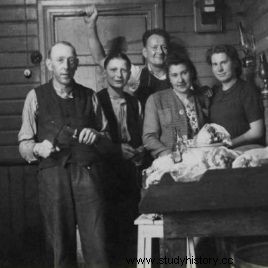 | 6 | During the occupation, the Nazis planned to starve the Polish nation so that it would not have the strength to rebel . Meanwhile, immediately after the fighting ceased in 1939, a black market appeared on the Vistula. It was so dynamic that occupied Warsaw was a city where you could buy anything. Including turtle for real turtle soup (read more about it) |
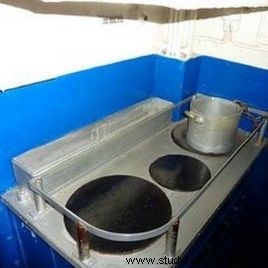 | 5 | The life of a U-boat cook was difficult. He had at his disposal a two-plate electric cooker with a small oven, a tiny fridge, a pantry and an enameled sink. And all this was to be enough to prepare food for nearly 60 people. (read more about this) |
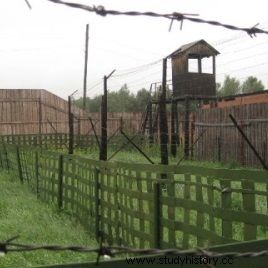 | 4 | Poles kept in a gulag were given disgusting food. It happened that they were served so-called scrapings, i.e. a by-product of leather tanning. They could also count on getting a thimble of oil, which, due to its smell and consistency, most resembled machine grease. They were so desperate that in the steppe they were looking for carcasses to eat it additionally. (read more about this) |
 | 3 | Pigeons were a popular material for soup in big cities. We are talking about the truest winged rats, rummaging in the gutters, caught by trickery and boiled. Many people owed their lives to them. Self-hunted pigeons were the only possible "meat insert" his family could afford. (read more about this) |
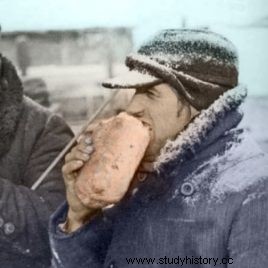 | 2 | Famine fell in Poland as a result of the devastating robbery economy of the German occupant . For the cards you could buy meager scraps of hideous bread, unpalatable margarine and marmalade with a mysterious composition. At the beginning of the occupation, an adult male had a daily allowance of 300 calories, which is roughly the same amount as a Kaiser roll. (read more about this) |
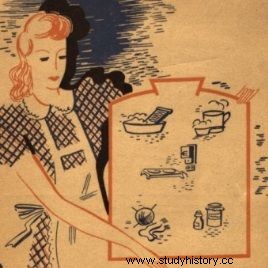 | 1 | Polish smugglers were able to transport absolutely anything and were an unstoppable force. The harder the Germans tried to combat the illegal trade in food, the more ingenious the methods were used by the smugglers. They did not even shy away from disguising a slain pig as an old woman and transporting it by train and hiding the meat in a coffin. (read more about this) |
